We know palm honey as the food product obtained from the sap (fluid carried by the conducting tissues of plants) of a number of different palm species. However, there is a clear distinction depending on their place of origin.
Palm Honey from the Canary Islands
Canarian Palm Honey is a typical product of La Gomera island (Canary Islands, Spain), obtained from the sap of the Canary Island date palm (Phoenix canariensis). This sap is commonly known as guarapo.
It’s a type of syrup that’s obtained from the heart of the Canary Island date palm. With an intense flavour and a dark colour, it’s used in the making of many typical desserts of the Archipelago.
As for its production, the inhabitants of La Gomera climb to the top of the palm trees to get the guarapo: they must cut the top leaves to reduce layers and so that the sap can be channeled to the outside of the palm tree. Once the fluid has been collected, it’s boiled by slow cooking until obtain the palm honey.
Although this honey is only produced in La Gomera, it’s distributed across national territory and part international. Outside Spain, in central Chile, we can also find a type of palm honey: a sweet syrup kind, which is extracted from the sap of Jubaea chilensis, the Chilean palm.
Palm Honey from Chile
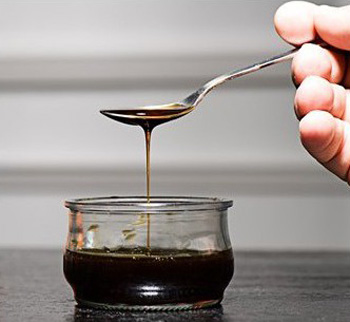 Chilean Palm Honey has been consumed in Chile since the time of the conquest (16th century). Although it’s presumed that it was known to the indigenous peoples before the arrival of the Spaniards.
Chilean Palm Honey has been consumed in Chile since the time of the conquest (16th century). Although it’s presumed that it was known to the indigenous peoples before the arrival of the Spaniards.
This sap, like its Canarian version, is reduced with a large amount of sugar. It’s currently marketed with a specific composition: palm sap and coconut juice with added cane or corn. Chilean Palm Honey is also used as a dessert accompaniment, as well as a fruit sweetener.
This type of natural, healthy and great-tasting honey is rooted to the traditions of southwestern South America’s own food traditions; consumed by a large sector of Chileans.
















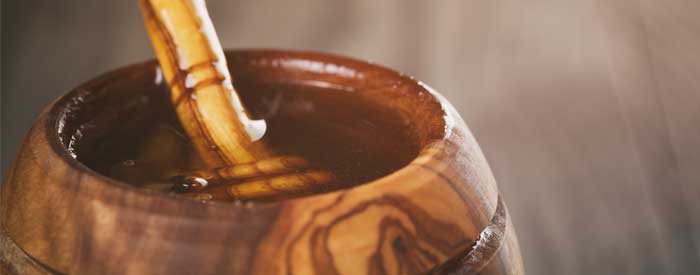
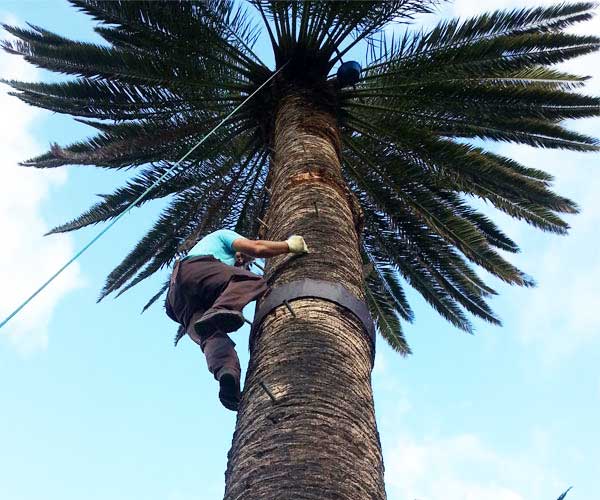
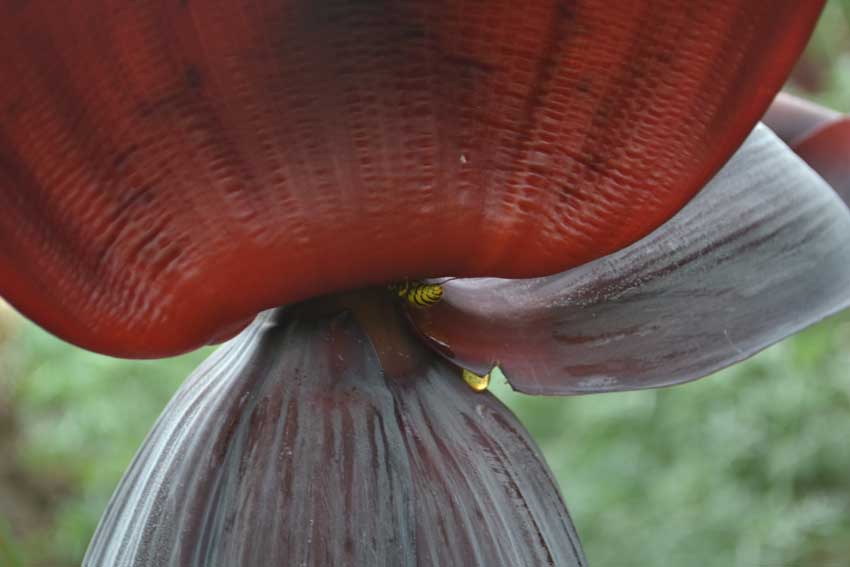
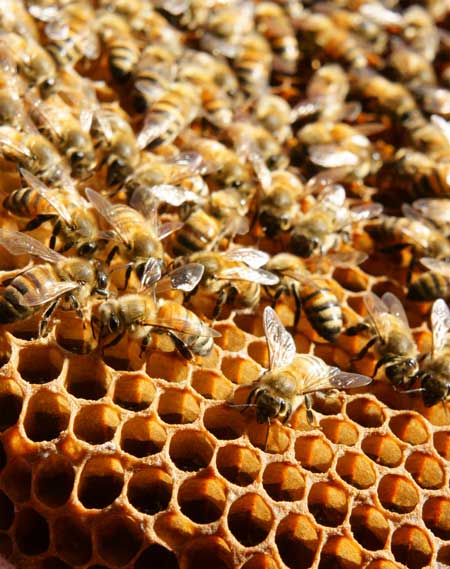
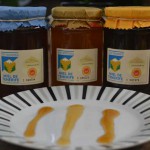
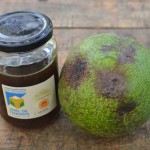
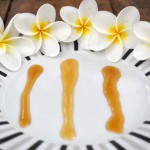
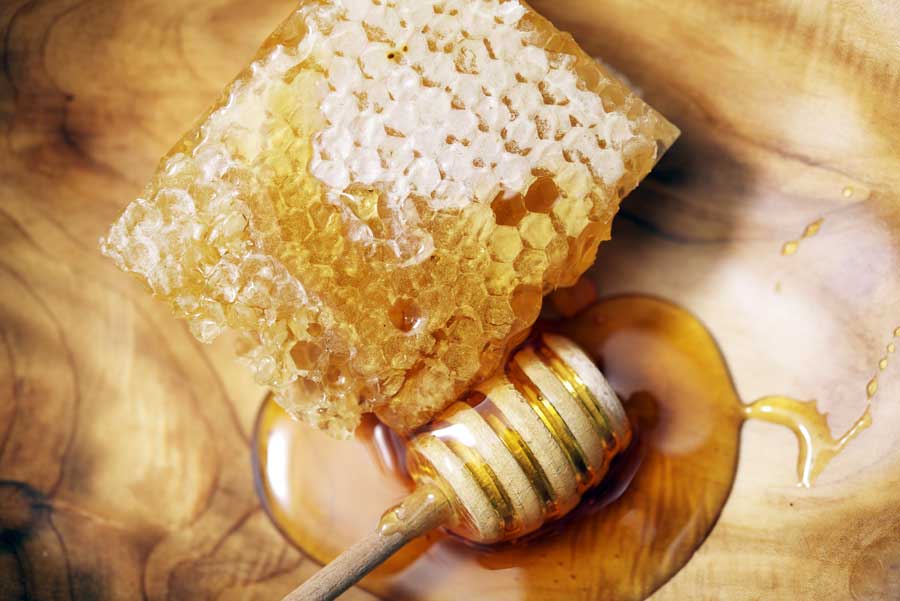
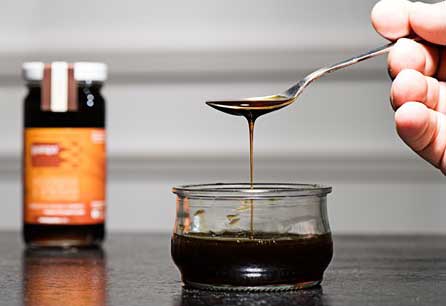 On our online store, Canarius.com, we count on some honey made by, both bees and human beings. We shall select for you only the best brands, the favourites of the Canarian citizens. Right after, we will present some of them. On the one hand, an amazing product is the unique
On our online store, Canarius.com, we count on some honey made by, both bees and human beings. We shall select for you only the best brands, the favourites of the Canarian citizens. Right after, we will present some of them. On the one hand, an amazing product is the unique